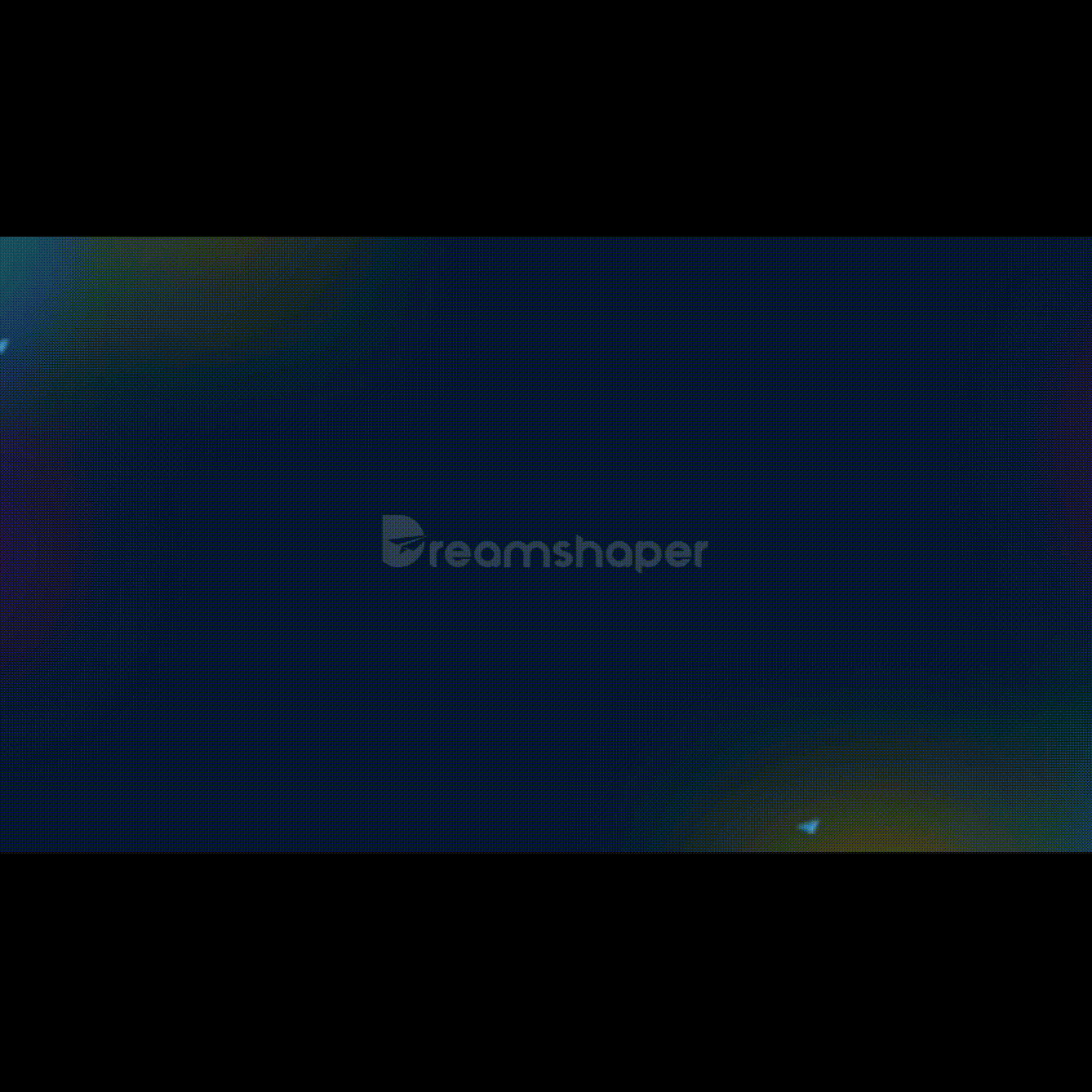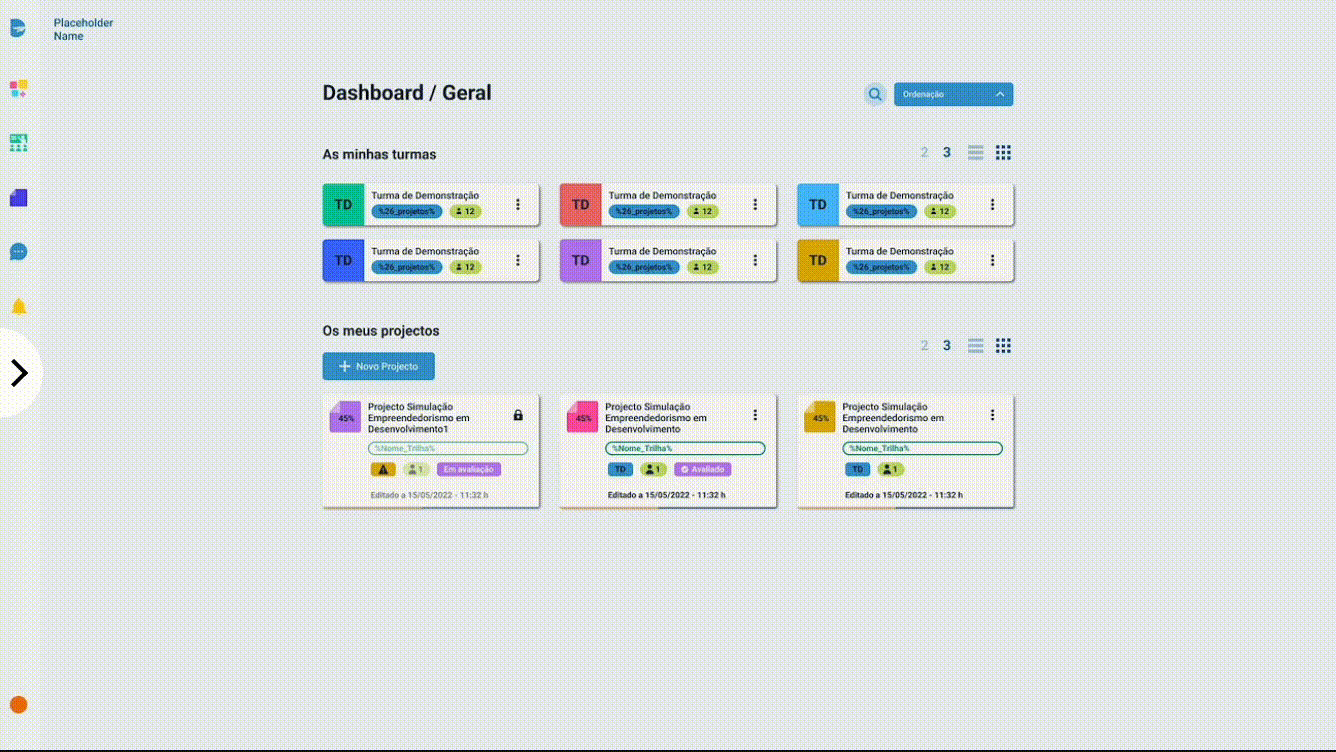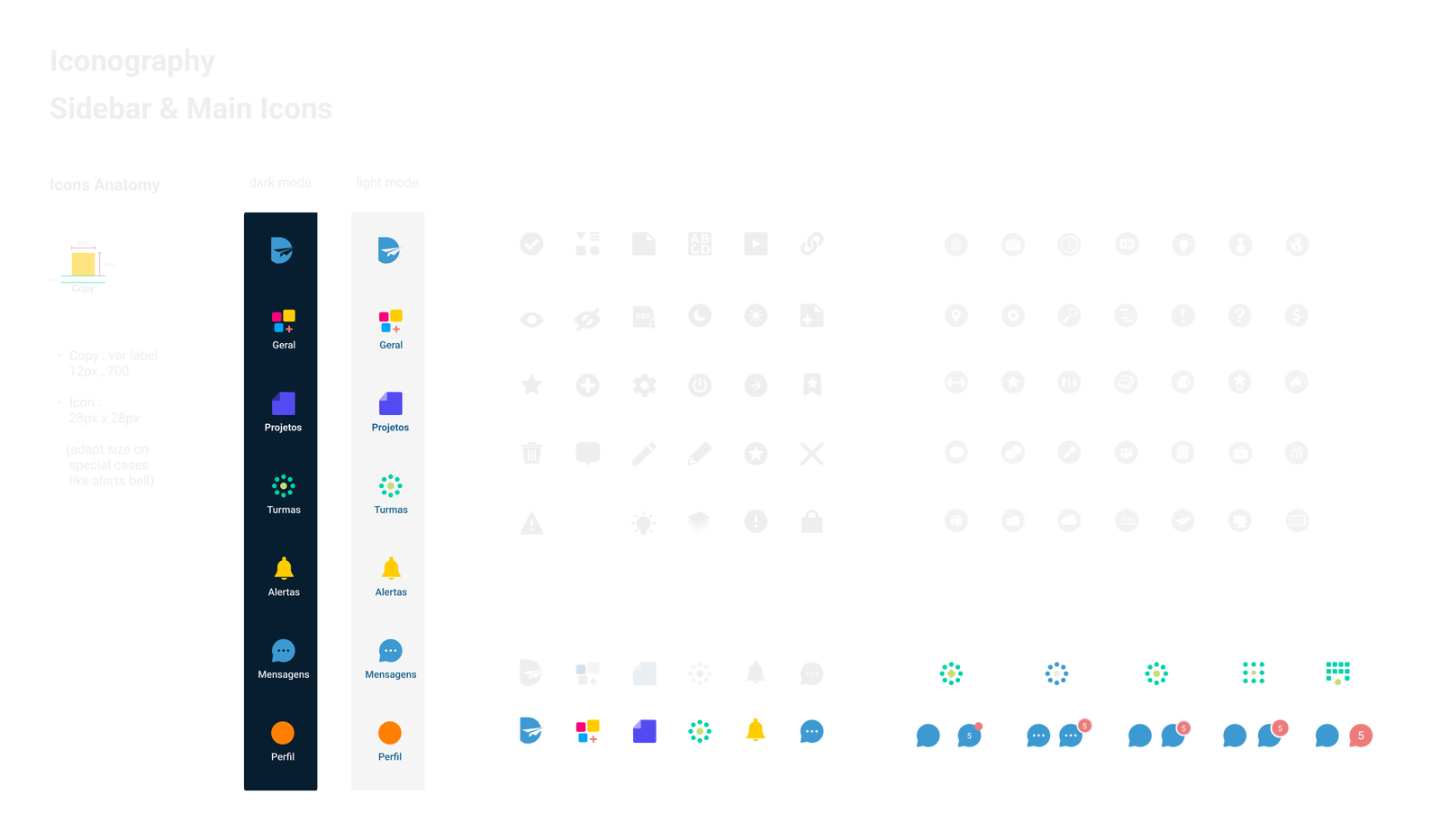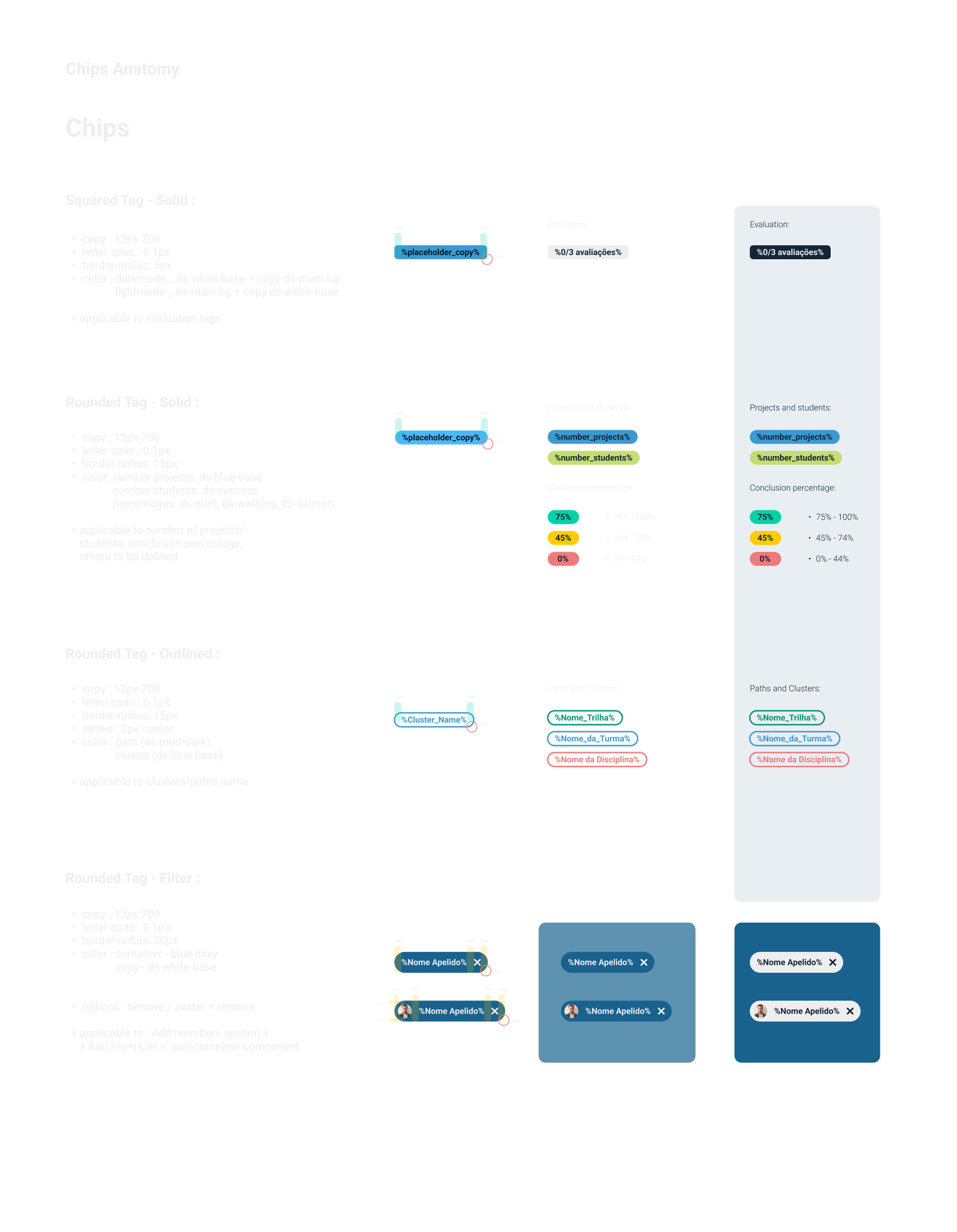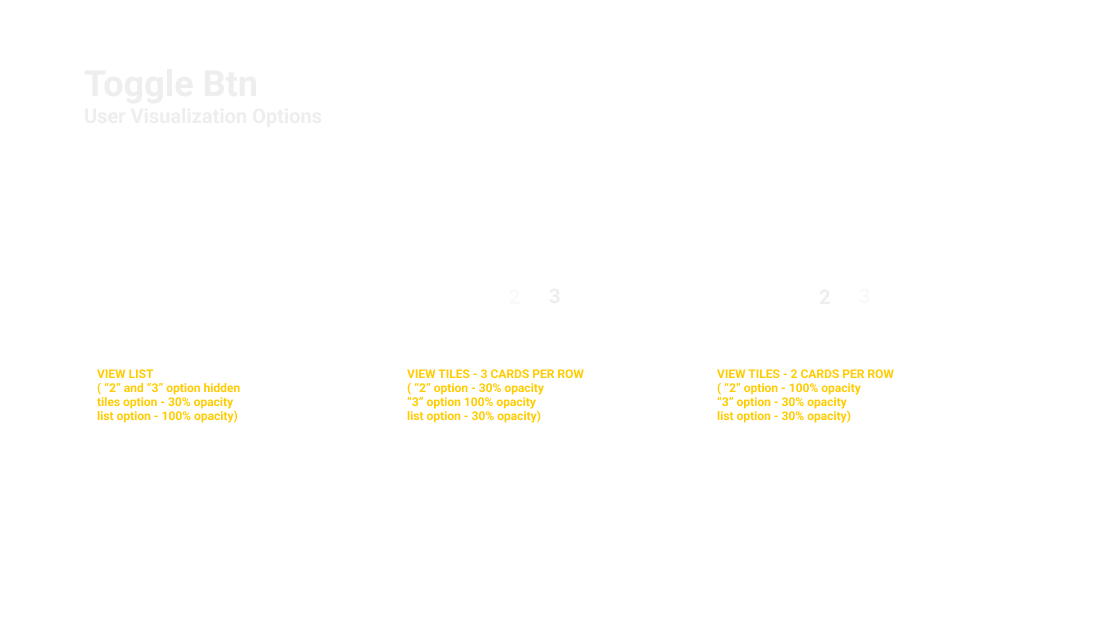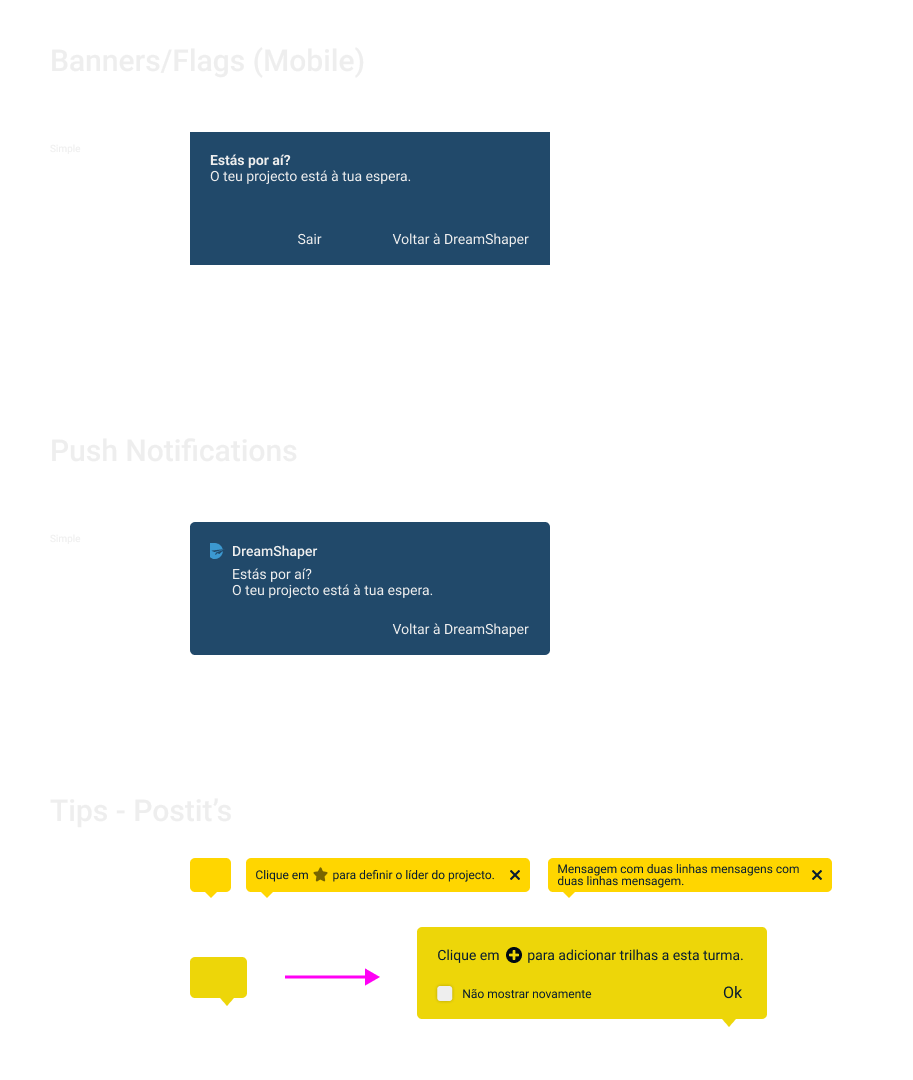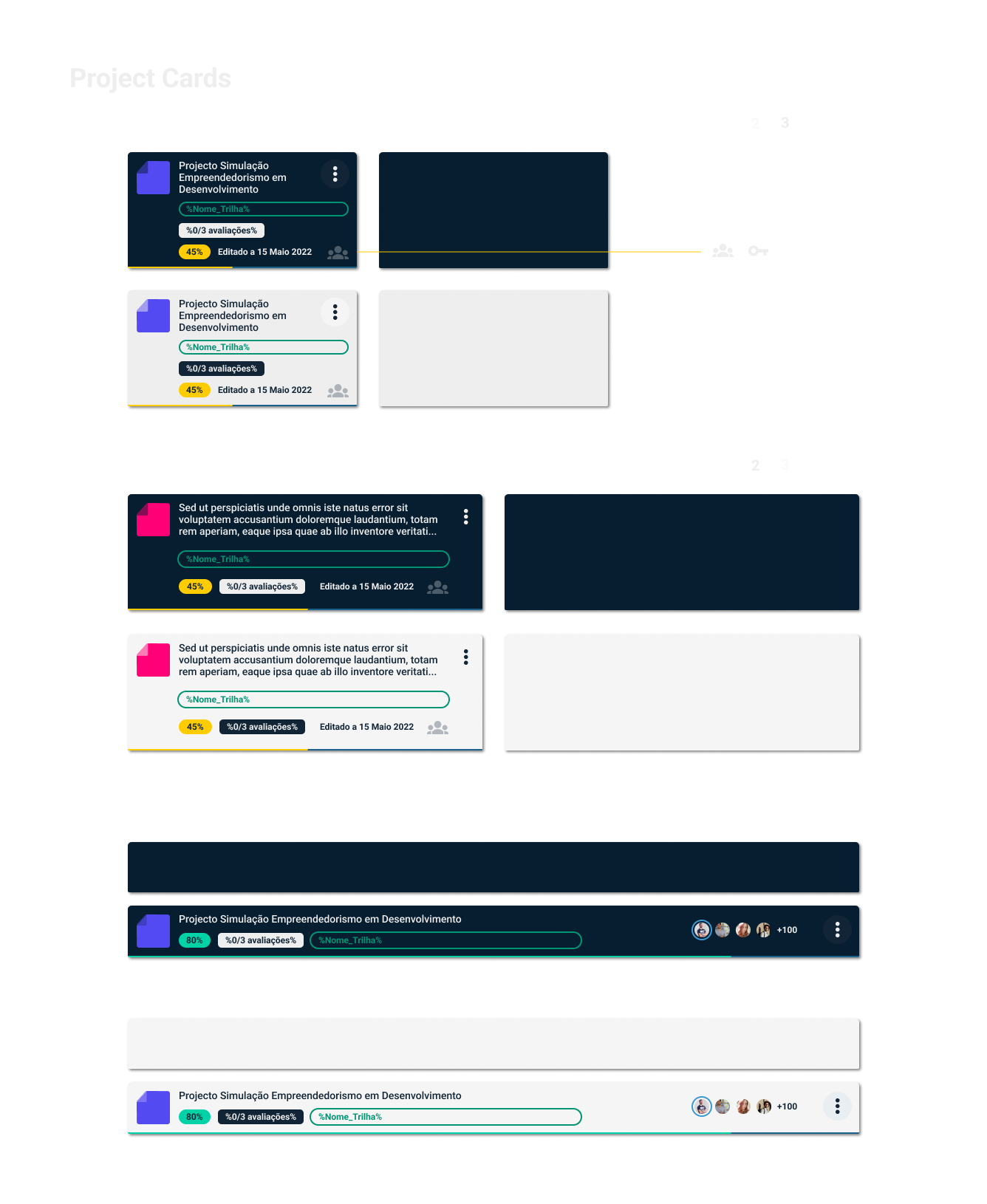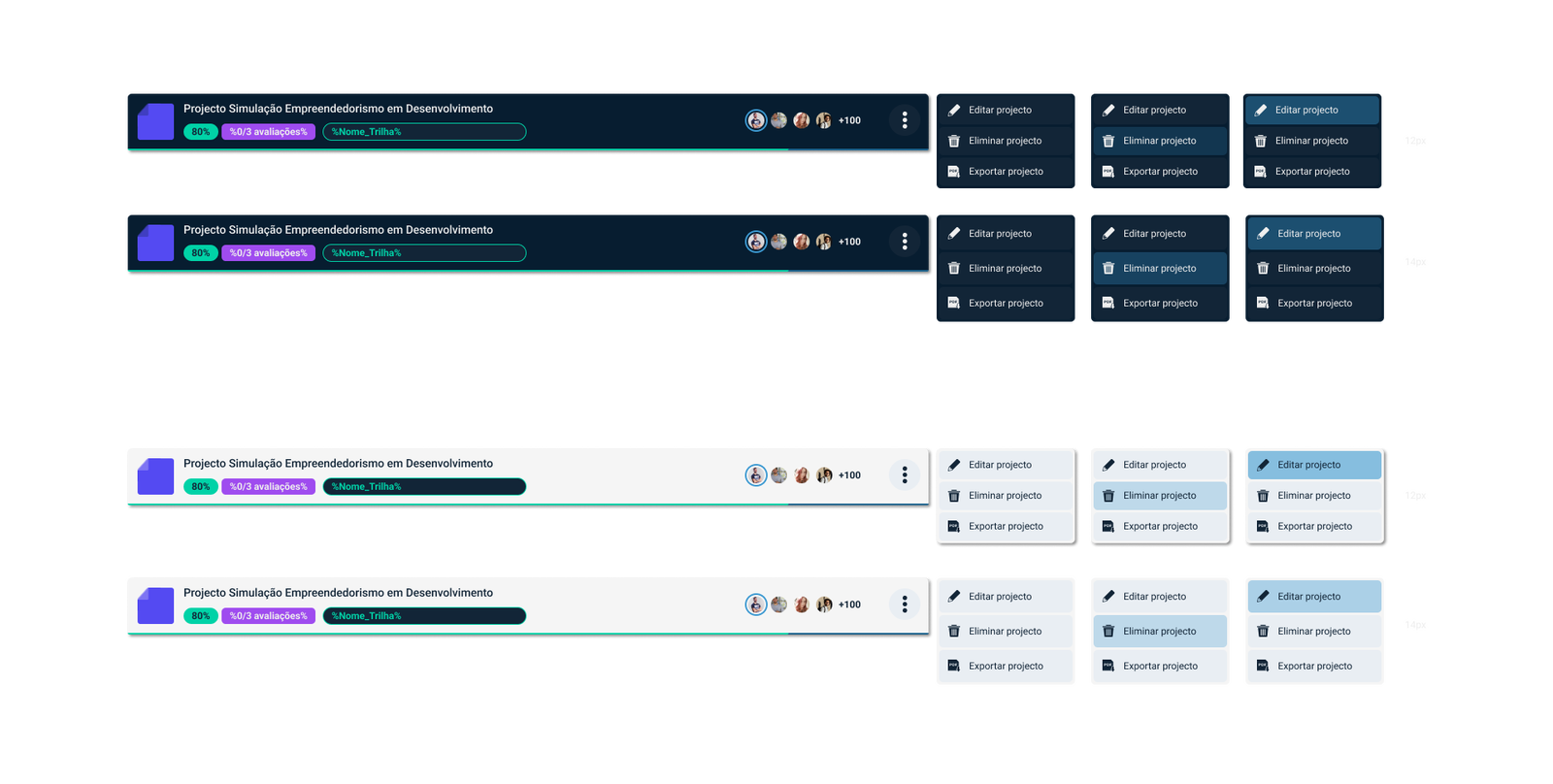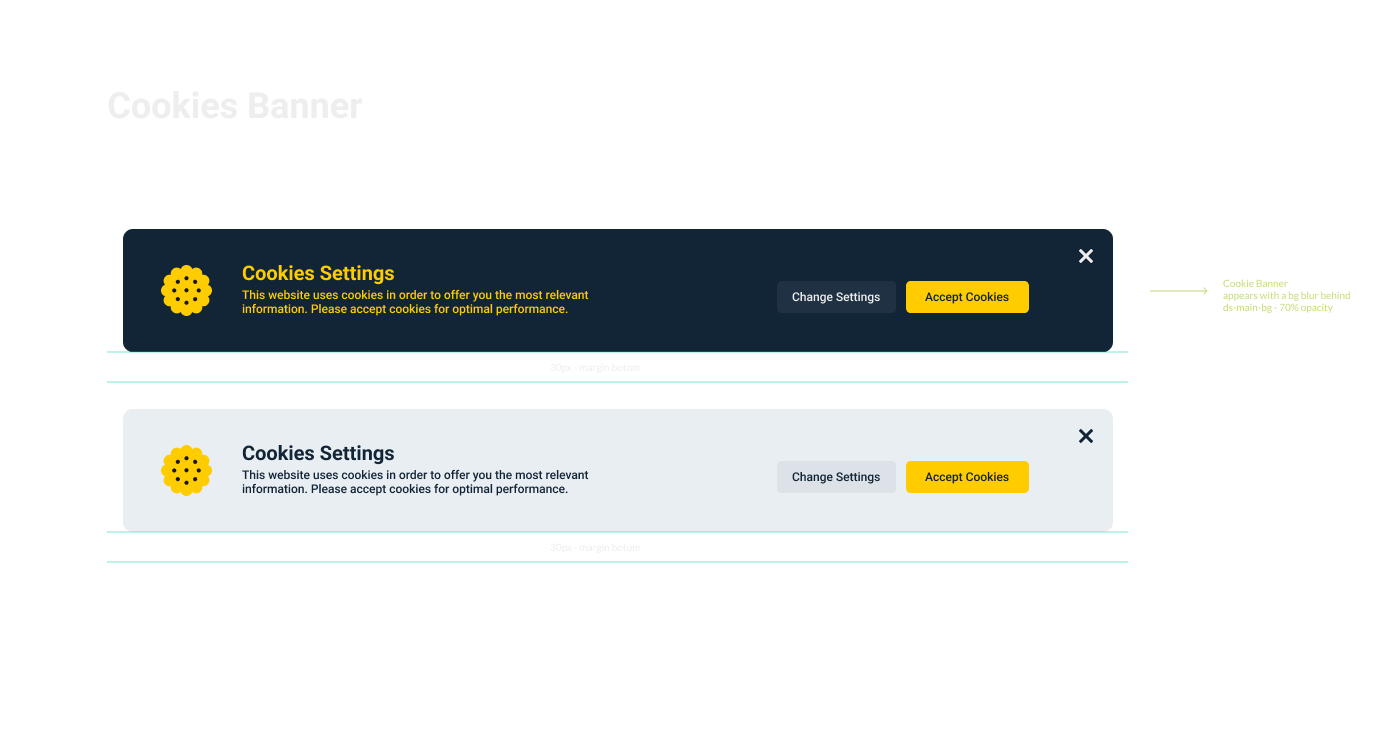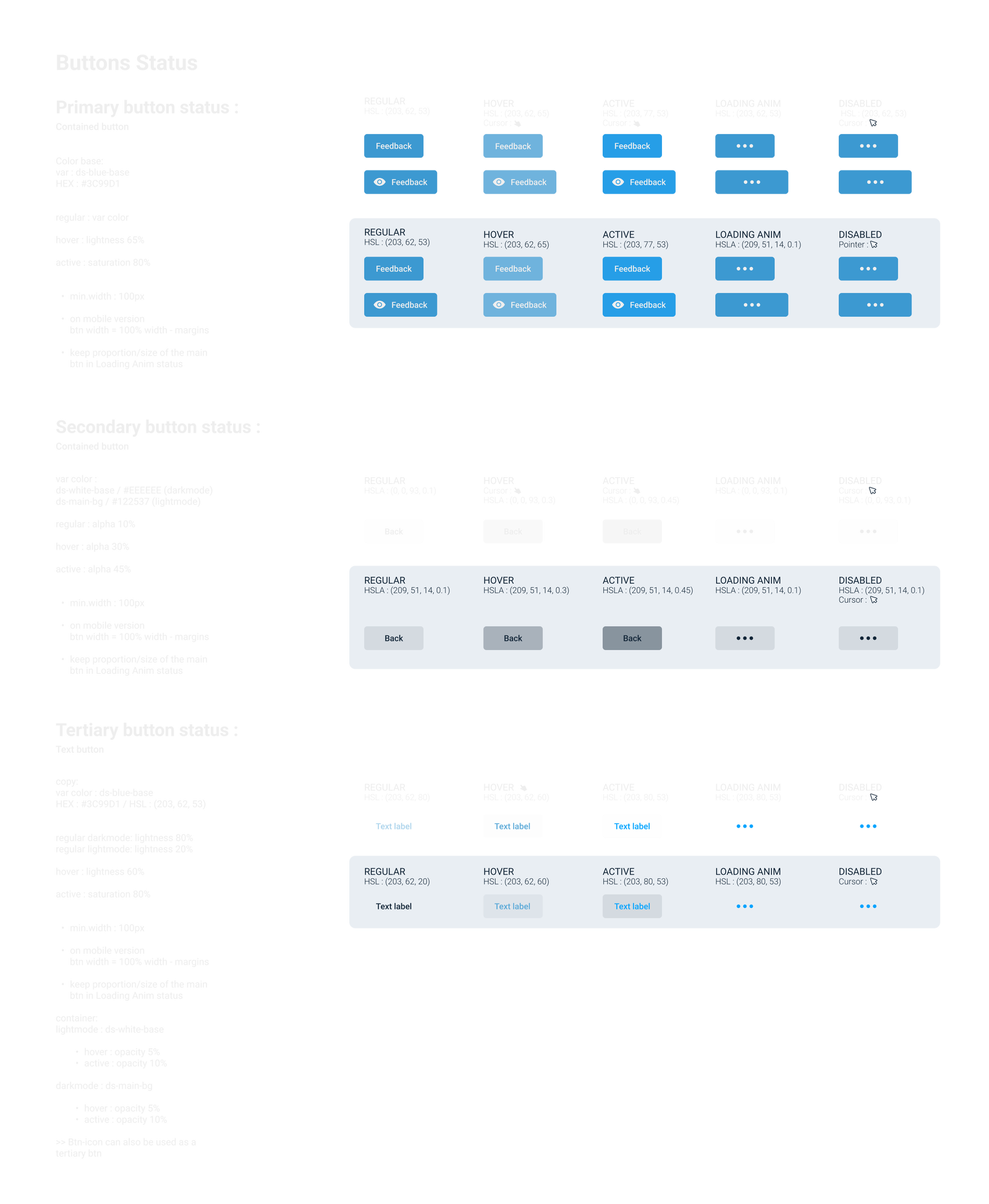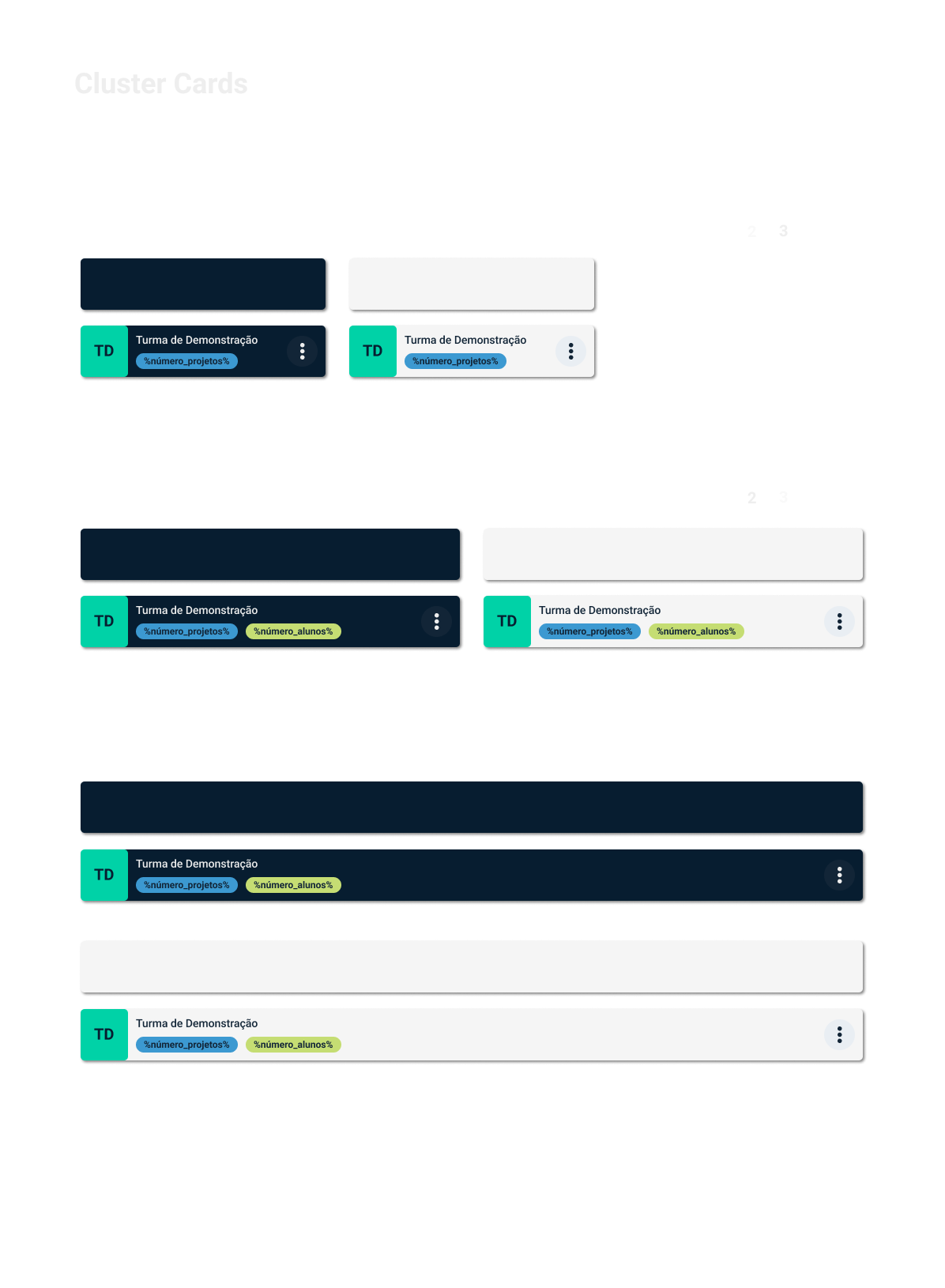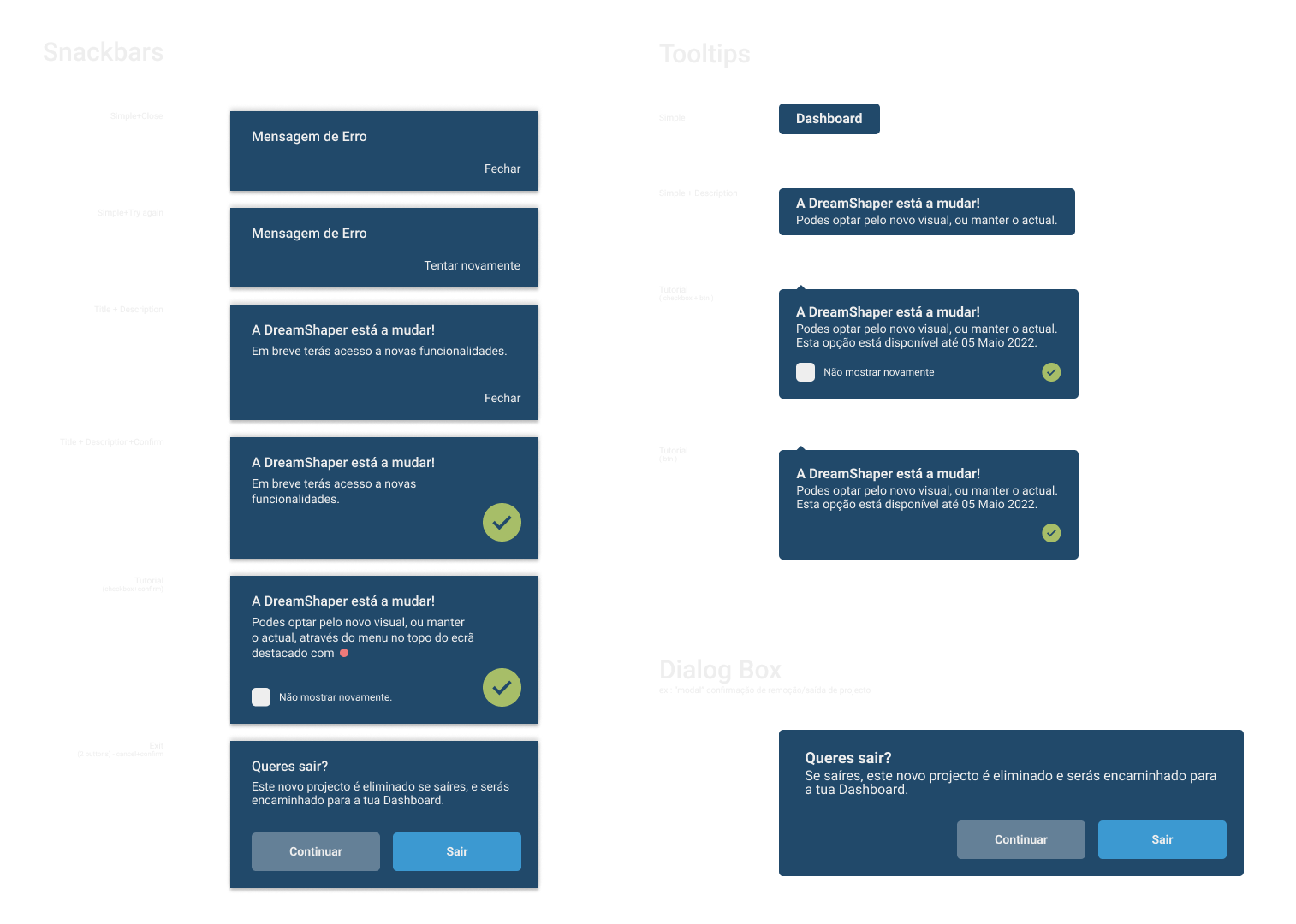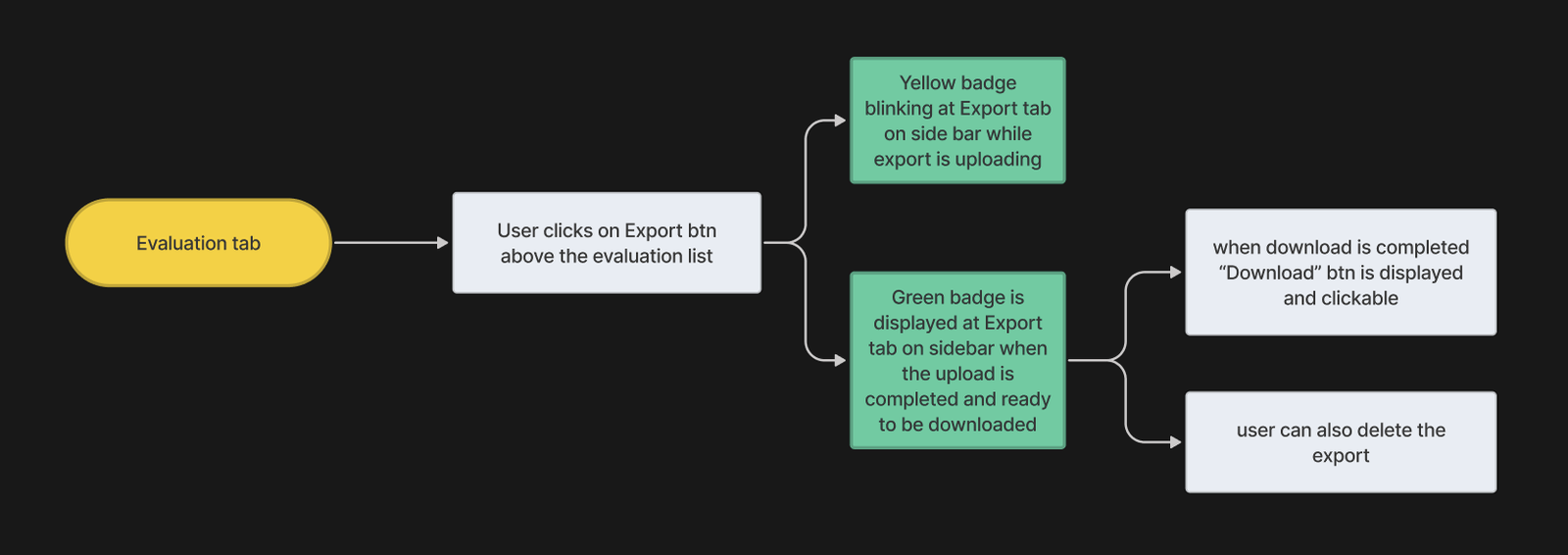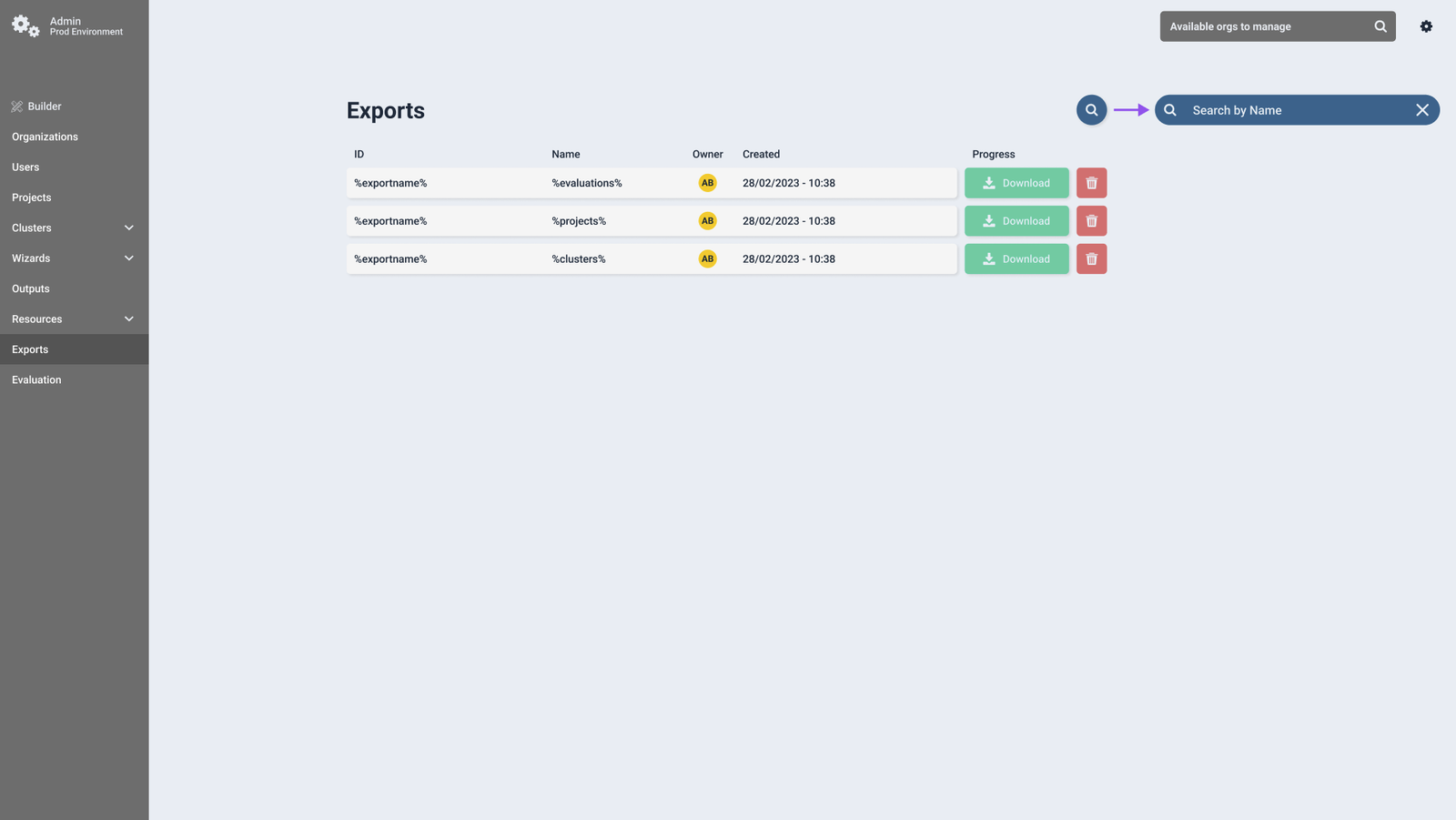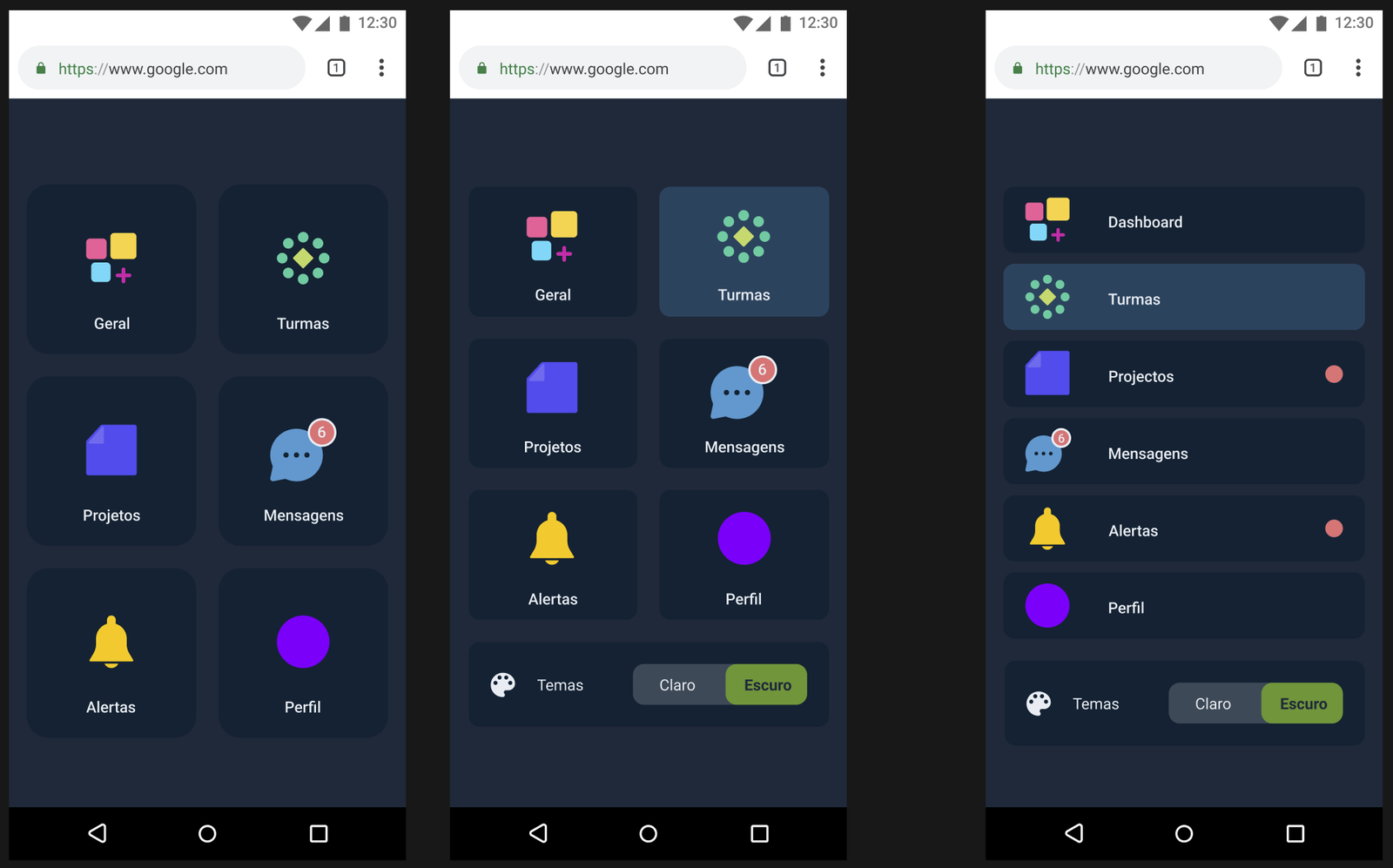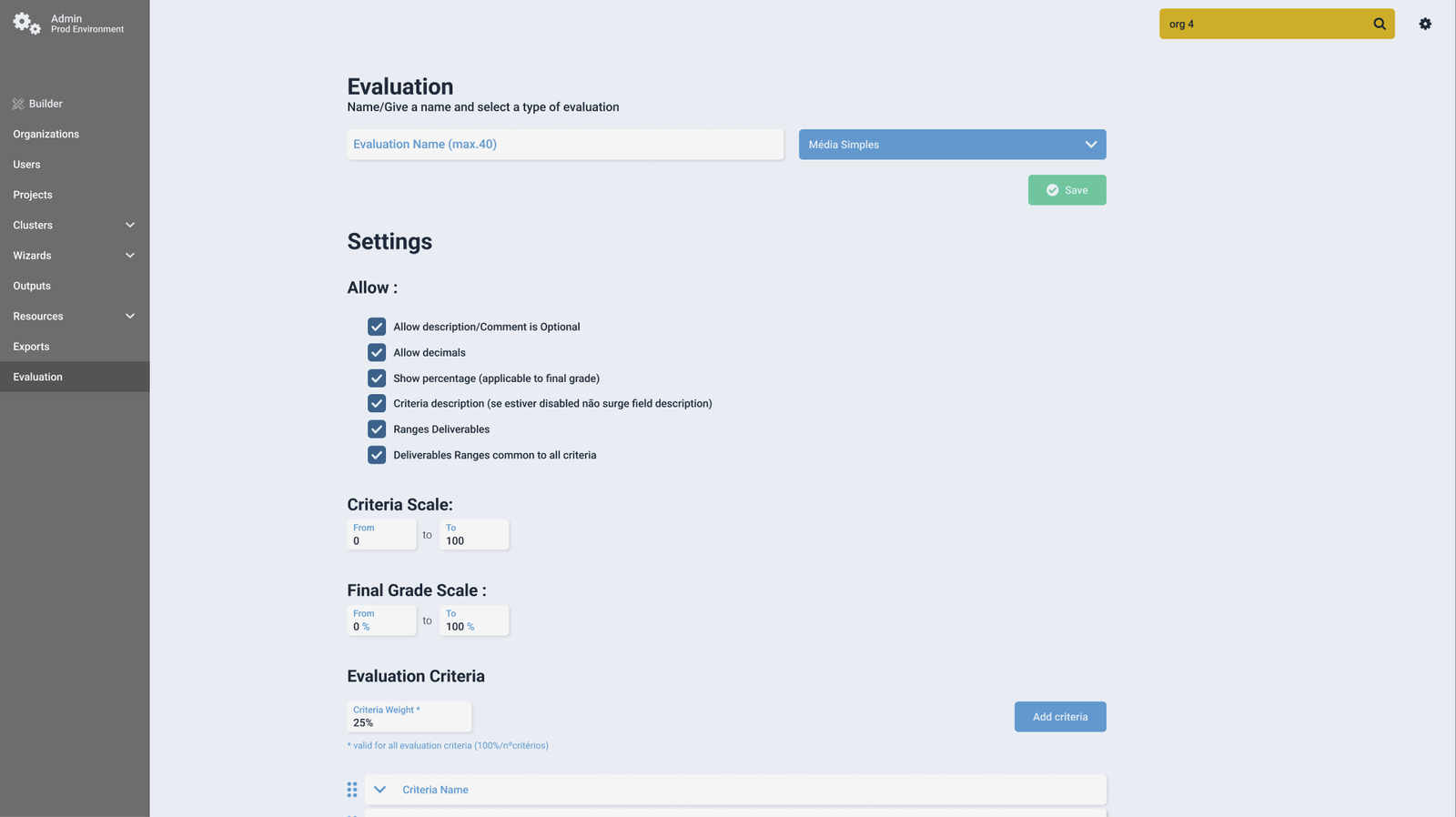Dreamshaper - EdTech
Tools used: Figma, Zeroheight, Miro, Linear, Notion, Jira, Adobe XD
Roles: UX/UI Design, UX Research, UX Writing, Product Owner, Design System
UX Design (team of one) + second role as Product Owner (I worked in parallel with front‑end developers and stakeholders, handling and prioritizing tasks)
- Dreamshaper Tool (from scratch)
- Dreamshaper Admin (from scratch)
- UX Writing (PT/EN, Voice, Tone)
- Design System (from scratch)
- Product Management
- User research (Interviews, A/B Testing,…)
- Benchmarking (Design System)
- Low and High Fidelity Prototype
- Acceptance criteria
- User flows
- User stories
- Agile processes.
Case Study
1. Context
Dreamshaper is a Portuguese EdTech company with a mission to improve the quality of education through inclusive and interactive digital experiences. The company provides project-based learning platforms used by educational institutions across Portugal and abroad.
At Dreamshaper, I worked as a UX/UI Designer from February 2020 to October 2023. I was the sole designer in the team, which gave me full ownership over all design work across the main product and admin interface. I led initiatives involving research, prototyping, UI design, and the creation of a design system from scratch.
2. The Problem
The existing platform was outdated and inconsistent in both its visual design and user experience. Teachers and students found the interface unintuitive, with scattered workflows and a lack of visual coherence between different tools within the platform.
Additionally, there was no shared design language or system in place, which made scalability and handoff to developers more difficult.
3. Process
I began with a complete UX audit of the platform, mapping out flows and identifying major usability issues. I created user personas and used tools like Miro to create user journey maps and affinity diagrams. The feedback collected from internal stakeholders (including customer support and pedagogical teams) helped me prioritise improvements.
Then I moved to wireframing and prototyping in Adobe XD, where I designed new interaction flows and visual patterns. I created a flexible and scalable design system to be used across the platform, from student interfaces to administrative dashboards.
As the sole designer, I was also responsible for documenting all decisions, sharing prototypes with developers, and providing visual assets and specifications. I worked closely with the development team to ensure feasibility and consistency.
4. Solutions
- Complete redesign of the student and admin user interfaces
- Simplified and consistent user flows across the platform
- New design system with components, tokens and rules
- Improved accessibility and usability through better information hierarchy and clarity
- Clearer language and improved microcopy throughout the platform
5. Results
- Stronger alignment between pedagogy and interface
- Better feedback from users (students and educators)
- Increased user retention on the platform and session duration
- Improved efficiency and clarity in development due to shared system
- Reduction of support tickets related to navigation and UI errors
6. Final Thoughts
Dreamshaper was a key experience in my career — it allowed me to work end-to-end as a UX/UI Designer, and to deeply understand how educational products can empower learners and educators through thoughtful design.
The biggest challenge was handling all design efforts alone in a growing product, but this also gave me the freedom (according to the requests and requirements imposed by the business, of course) and the responsibility to set the design vision from the ground up.
